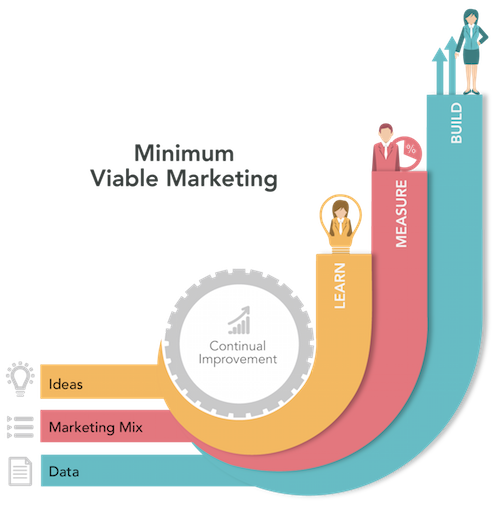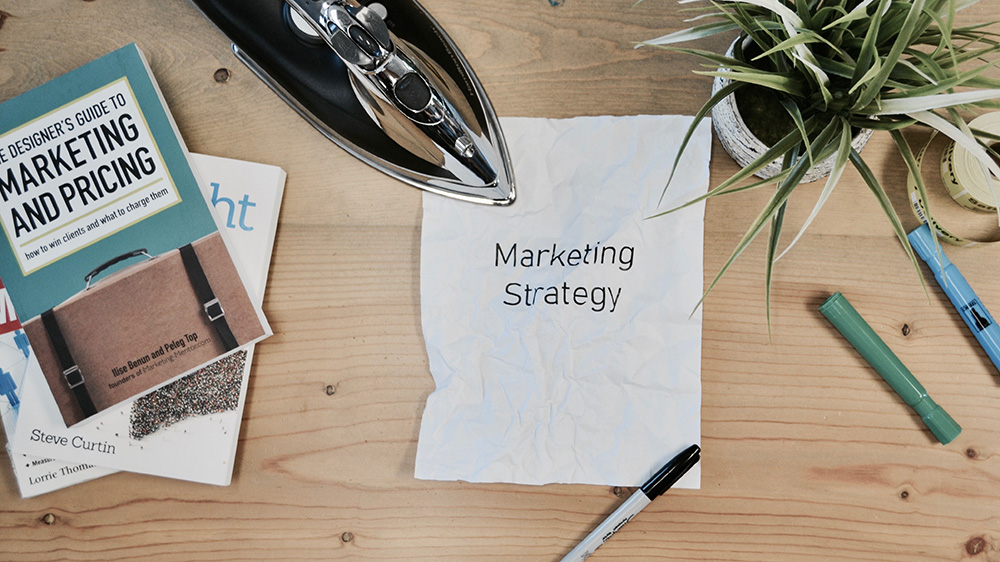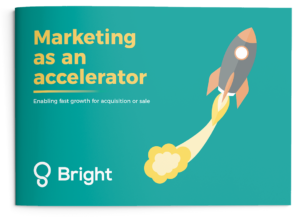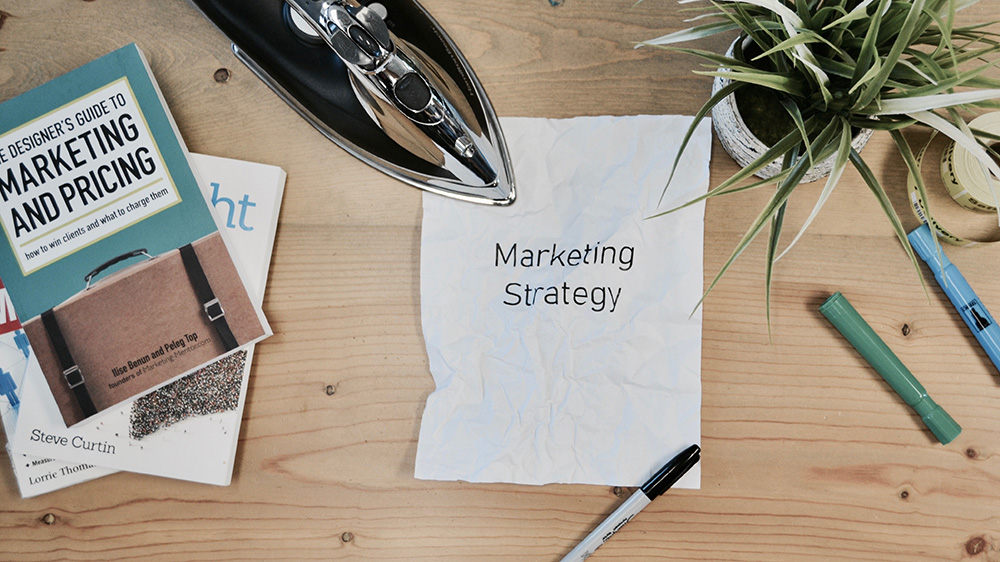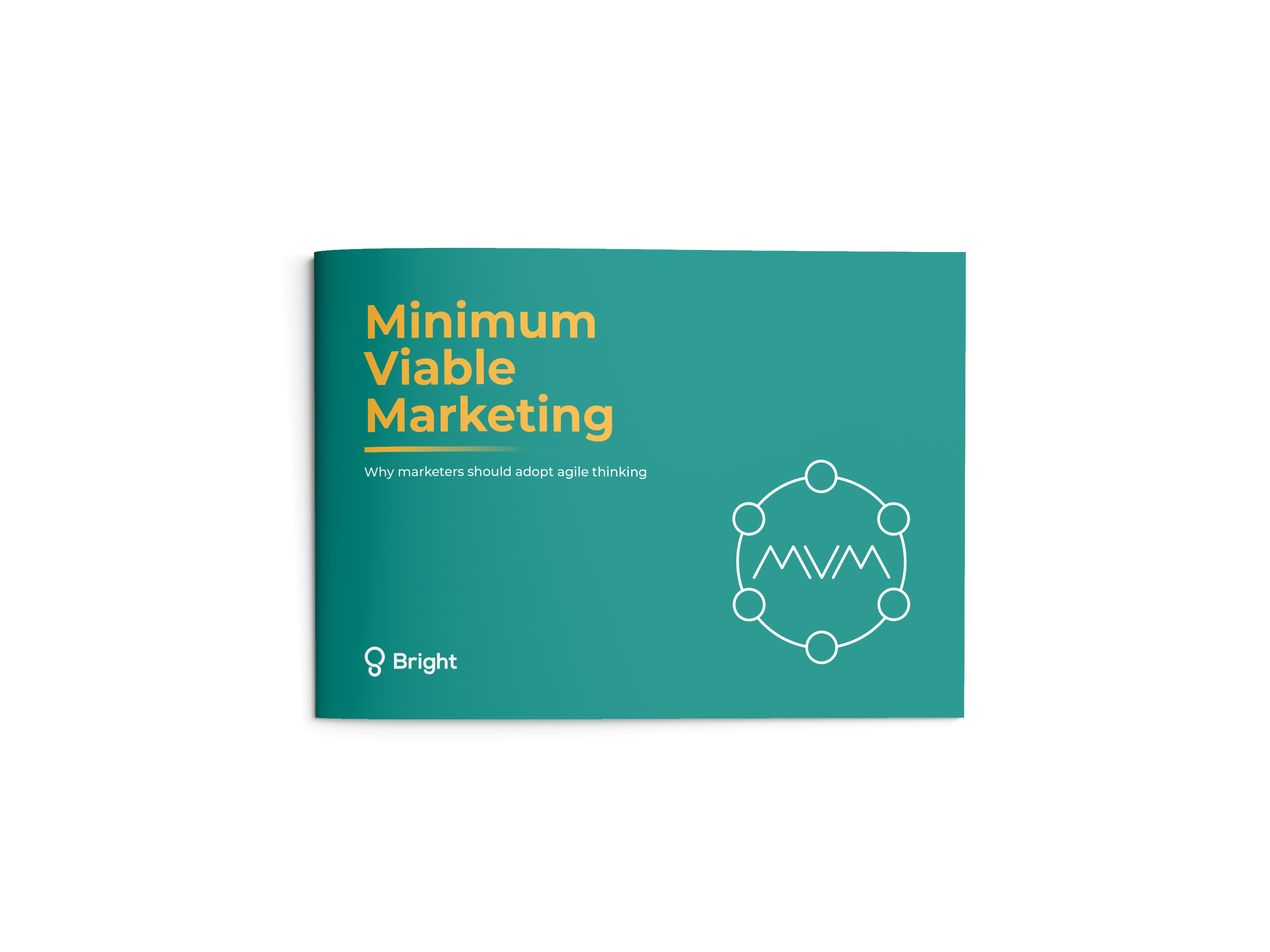Ensuring a bright 2020 by keeping pace with market change
If you’re active in B2B marketing, you know that change in the tech and consulting industry is nothing new – and nothing to fear. Within the past decade, we’ve seen digital disruption and transformation drive market change in service and product delivery and impacting how we go to market and reach our target audiences effectively.
In B2B marketing, we’ve dramatically changed how we plan, manage and run campaigns – whether it’s putting data insights to work by injecting agility or using personalisation to keep up with shifting markets. The rise of digitally native audiences has also forced B2B marketing to move much of its activity online.
Now, as we enter a bright new decade, we’re about to see even more changes – our ways of working need to evolve to maintain pace and engagement, and use data and insights effectively to build relationships and convert the right people at the right time. To help you prepare, we’ve gathered the top five trends in B2B marketing this year.
1. Agile marketing will take charge
Centred around collective, cross-functional and collaborative working in which projects are completed in short periods called sprints, agile marketing lays the foundation for continually testing and iterating your marketing ideas – proving what works and what doesn’t to ensure better marketing results, business outcomes and overall ROI.
But agile working isn’t just about process and technology – there are cultural considerations to bring your organisation along on the journey. McKinsey research found that companies who adopt agile ways of working simultaneously achieve greater customer centricity, faster time to market, higher revenue growth, lower costs, and a more engaged workforce. Learn more about B2B agile marketing.
Why it will matter in 2020
B2B marketers are under more pressure than ever to demonstrate results from marketing investment, and this is expected to drive a rise in agile marketing adoption in 2020. Firms will need to understand and apply new ways of working to align and meet business goals whilst keeping up with ever-changing markets. Agile marketing brings the best of entrepreneurial thinking, start up ways of working and allows enterprises to innovate at scale.
If you aren’t already, this is your chance to really understand your buyer journey and make sure your marketing is driving revenue at every stage of the client lifecycle. By becoming more agile in your approach, you’ll take advantage of the latest trends and market changes to place your customer at the centre of your business.
2. Partner experience comes of age
Partner experience (PX) has long been a neglected area of marketing. If you want to continue to grow and maximise every revenue opportunity available, then looking at your channel strategy is crucial. The key is to treat your partners as a proper audience – understand their user journey and what they need at every stage.
With an enablement perspective, you can exploit new market opportunities and unlock revenue through your channel. Injecting agility into PX is a great way to start small, such as a partner accelerator or incubator for select partners to supercharge their sales and marketing efforts; or territory specific partner acquisition campaigns to onboard more partners where you need them most. You can test, learn and build on success to create a solid and scalable PX experience.
Why it will matter in 2020
Forester predicts that marketing decision makers will rank improving partner experience on par with improving customer experience in 2020, and both will rise to more than 50%. That’s a significant shift that matches the speed of change we’re seeing in the tech industry. Injecting agility is critical if organisations are going to keep up with competition and build more channel share.
Give your partners the experience they need to support and sell more of your tech and services, and don’t be afraid to stand out and make better use of video, immersive and social prospecting to accelerate traction within and for your channel.
3. Personalisation at the heart of B2B
Personalisation has been a marketing buzzword for years and the concept of creating personas to form better buyer journeys shouldn’t be new to you. However, we’re about to see increased personalisation in B2B, specifically with a fresh look at how we’re maintaining continuous communication and opening up meaningful dialogue with our key audiences and clients.
Why it will matter in 2020
Gartner research shows that organisations that have fully invested in all types of personalisation will outsell companies that have not by 20% in 2020. B2B marketers need to step back and think about how they can become more relevant to their key audiences to drive engagement and build relationships for the long term. This must be approached strategically with a willingness to rapidly test and learn in order to be credible and authentic.
Often, marketing can be heavy handed – rushing in with a sales message on a first communication (no one likes a pushy first date!). By using data and insight about the organisational state and target audience, you will be able to craft and deliver relevant, timely and engaging comms. Don’t rush building a credible relationship – be authentic. Senior decision makers have no interest in continuing dialogue with shouty, salesy firms that don’t effectively demonstrate that they have something of value to offer in exchange for their attention.
4. Predictive analytics will become a key driver to success
One way to support your personalisation techniques is with better data insights from predictive analytics. Predictive analytics is the concept of using your data insights to measure marketing activities, identify trends and predict opportunities to create unique, tailored experiences across each stage of your client buyer journey and throughout their client lifecycle.
You probably have data sat within your existing systems and tools that isn’t being effectively used to identify intent and accelerate your buyer journey. Gartner predicts that profitability will replace customer experience as the CMO’s No. 1 strategic priority in 2022. Using data and insight to make strategic decisions and to drive agility and pace in your go to market strategies will be key to understanding marketing performance and contribution to business goals and profitability.
Why it will matter in 2020
Forrester says that 89% of marketers will use more predictive analytics in 2020. To keep up with the competition, the best thing you can do this year is to make your marketing more data driven.
Evaluate how you’re obtaining, measuring and analysing your data and most importantly, if you’re making the most of your data insights. Then, adopt an AI and predictive analytic tool to deliver insight that will support driving marketing effectiveness and align with business goals to demonstrate success at a business contribution level through marketing performance.
5. Automation and integration will start to drive autonomous marketing
Automation tools help marketers schedule and publish content, manage teams and analyse data from multiple sources in one, centralised place. With the proliferation of marketing tools, more streamlined integration will enable better insight and allow marketers to focus on maximising the client experience at every stage of the buyer journey.
Manual tasks are starting to become more easily automated, giving you more time to devote to value-adding activities, such as writing longer-form content and offering greater customisation of your services. Find out more about B2B marketing automation.
Why it will matter in 2020
Evaluating and integrating your existing toolset will create quick wins and allow automation to run sequences autonomously to improve conversion rates and engagement with your key audiences. And, automation isn’t just for external marketing – internal comms will benefit from applying the tools, tactics and automation internally to drive and measure employee engagement.
Marketers need to adopt new ways of working to make the most of your marketing technology. With an agile approach, you’ll zoom in on areas of underperformance to drive improvements, and overperformance to understand and repurpose successful automation into other areas of activity.
In summary
2020 will be the year for progressive transformation within B2B marketing. Traditional marketing just won’t make the cut going forward. By understanding how best to adopt agile marketing as a new way of working, streamlining processes and combining the right tools and tech, you’ll be able to adapt and drive change whilst putting your data insights to work to build stronger, clearer marketing strategies for an ever-evolving market.
Want to understand how to get started with agile marketing and transformation? Get in touch with our marketing experts.







